For the fifth time this year, a named tropical storm or hurricane is going to make landfall in Louisiana. For the eleventh time in 2020, a named storm is going to hit the continental United States; according to meteorologist Jeff Masters, that is the most since nine made landfall in 1916. For just the sixth time in 170 years, a hurricane is going to come ashore in the U.S. on or after October 28.
A natural-color image of Hurricane Zeta (above) was acquired in the late morning on October 28, 2020, by the Moderate Resolution Imaging Spectroradiometer (MODIS) on NASA’s Terra satellite. Cameras mounted on the International Space Station captured video footage of the storm (below) just before 1 p.m. that day.
At 1 p.m. Central Daylight Time on October 28, the National Hurricane Center (NHC) reported that the center of Zeta was about 155 miles (255 kilometers) south-southwest of New Orleans. The category 2 storm had maximum sustained winds of 100 miles (155 kilometers) per hour, with higher gusts. Hurricane-force winds stretched as far as 35 miles (55 kilometers) from the center, and tropical storm-force winds extended to 150 miles (240 kilometers).
A hurricane warning was raised from Morgan City, Louisiana, to the border of Mississippi and Alabama. A storm surge warning was in effect from the mouth of the Atchafalaya River in Louisiana to Navarre, Florida, and specifically for Lake Borgne, Lake Pontchartrain, Pensacola Bay, and Mobile Bay. Forecasters said Zeta should make landfall in southeastern Louisiana by early evening on October 28 and then cross toward the Mississippi and Alabama coasts. Storm surges from 5 to 9 feet (1.5 to 3 meters) were expected from Dauphin Island to the mouth of the Mississippi River. The rapid movement of the storm system was expected to limit rainfall accumulation.
Zeta previously made landfall on the Yucatan Peninsula of Mexico on October 26. It was the third time in a month that the Yucatan was hit by a tropical storm or hurricane. The storm brought 3 feet (1 meter) of storm surge and up to 7 inches (18 centimeters of rain) in some areas. Trees and power lines were damaged, but no deaths or severe injuries were reported.
Zeta is the 27th named tropical storm of the 2020 Atlantic season and the 11th hurricane. The record is 28 named storms and 15 hurricanes, set in 2005. Hurricane season officially ends on November 30.
The NASA Earth Applied Sciences Disasters Program has activated in support of the event, and is working to determine what NASA resources and capabilities may be available to aid risk reduction, response, and recovery. For hurricanes Laura, Sally, and Delta, the program worked closely with stakeholders from the Federal Emergency Management Agency (FEMA), the Louisiana National Guard, and the Alabama Emergency Management Agency.
NASA Earth Observatory image by Lauren Dauphin, using MODIS data from NASA EOSDIS/LANCE and GIBS/Worldview.

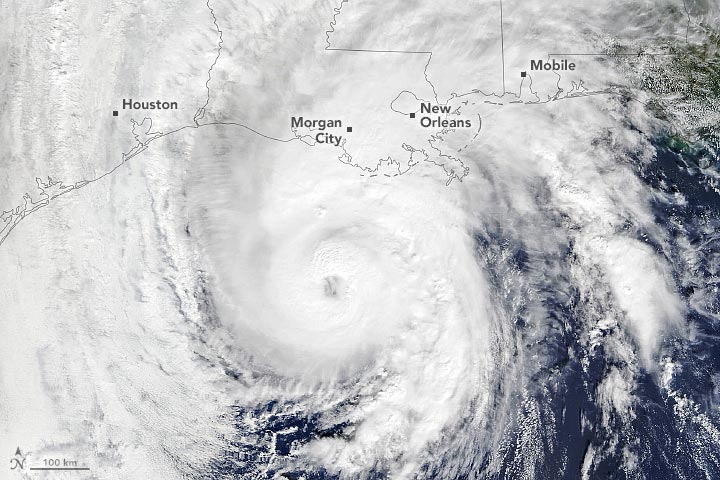
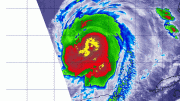
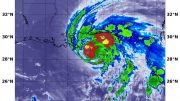
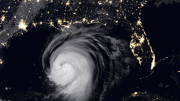
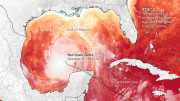
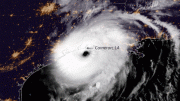
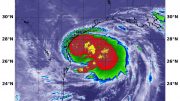

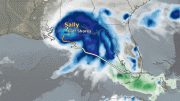
Be the first to comment on "Hurricane Zeta Arrives on the Gulf Coast – Dramatic Space Station Flyover Video"